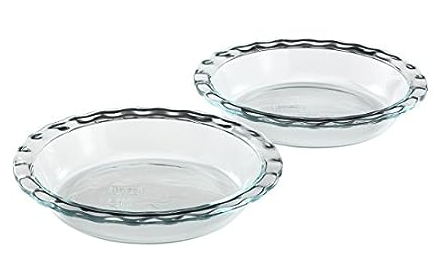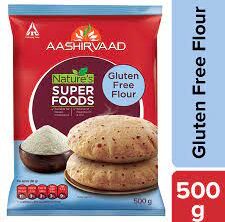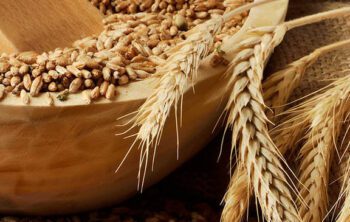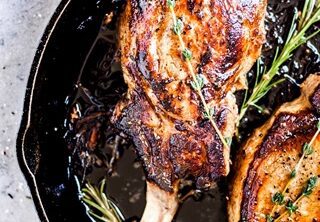Pyrex is a brand of borosilicate glassware known for its durability, thermal resistance, and versatility. The name “Pyrex” is derived from the words “pyro” (meaning heat) and “rex” (meaning king), highlighting its exceptional ability to withstand high temperatures. Originally developed and trademarked by Corning Incorporated in 1915, Pyrex has become a household name synonymous with high-quality kitchen and laboratory glassware.

Key characteristics and features of Pyrex glassware include:
- Borosilicate Glass Composition: Pyrex is made from borosilicate glass, which is a type of glass that contains boron oxide in addition to silica (sand) and other ingredients. The boron oxide imparts unique thermal properties to the glass, making it highly resistant to thermal shock and temperature changes.
- Thermal Resistance: One of the primary advantages of Pyrex is its excellent thermal resistance. It can withstand extreme temperature variations, allowing it to be safely used in the oven, microwave, and refrigerator without the risk of cracking or shattering.
- Even Heat Distribution: Pyrex glass distributes heat evenly, ensuring uniform cooking or heating of food and liquids.
- Non-reactive: Pyrex glass is non-reactive, meaning it won’t impart any unwanted flavors or odors to the contents of the glassware. This property makes it ideal for cooking and storing a wide variety of foods and beverages.
- Stain and Odor Resistant: The smooth surface of Pyrex glass makes it easy to clean, and it is resistant to stains and odors, even after prolonged use.
- Versatility: Pyrex is available in various forms, including baking dishes, casserole dishes, measuring cups, mixing bowls, storage containers, and laboratory glassware. Its versatility makes it a popular choice for both cooking as pyrex baking set and laboratory applications.
- Impact Resistance: While Pyrex is more resistant to breakage than regular soda-lime glass, it can still break or chip upon impact, especially when subjected to extreme temperature changes or dropped on a hard surface.
It’s important to note that while the original Pyrex was made from borosilicate glass, some modern Pyrex products in certain regions may be made from tempered soda-lime glass. This change in composition occurred due to manufacturing reasons and regional regulations. Tempered soda-lime glass also offers thermal resistance but may have slightly different properties compared to traditional borosilicate Pyrex.
Pyrex glassware has been a staple in kitchens and laboratories for decades, providing a reliable and durable solution for various cooking and scientific needs. When using Pyrex, it’s essential to follow the manufacturer’s guidelines and avoid subjecting the glass to extreme temperature changes to ensure its continued performance and longevity.


